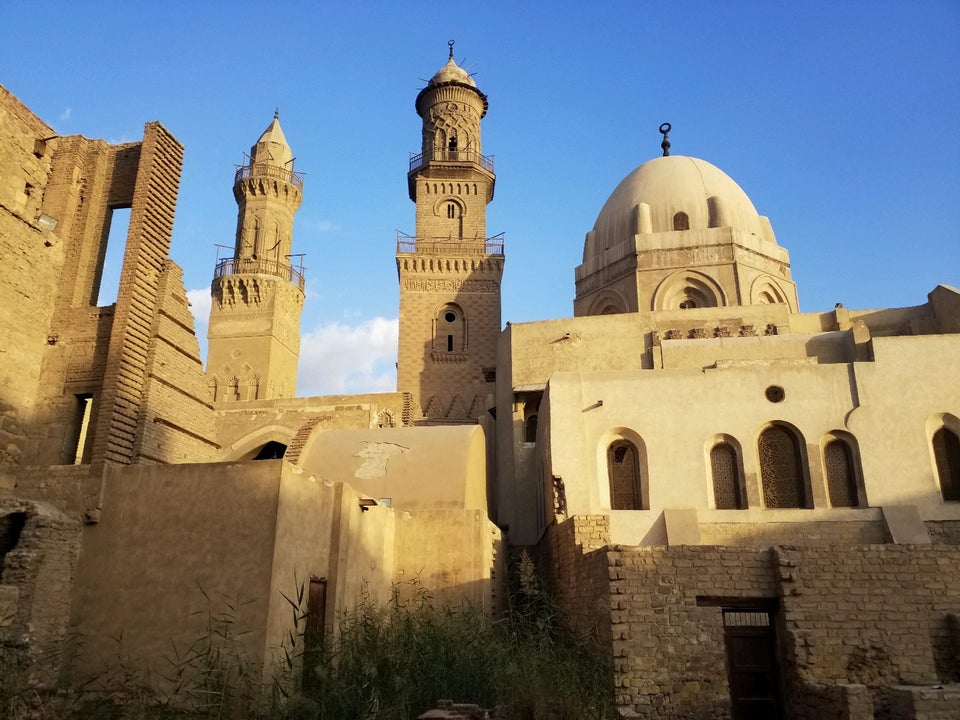Qalawun Complex in the middle of Al-Mo’ez Street in Cairo houses a fascinating complex that reflects the greatness of Mamluk architecture, the Qalawun Complex. It consists of a mosque, a madrasa, a mausoleum, and a hospital. It has two sections
The Qalawun Complex was built by the order of Mansour Seif El-Din Qalawun in 684 A.H (1285 AD). The complex included a mausoleum to be a burial place for him and his family, a madrasa for religious rituals and teaching different kinds of science, and a Maris to cure all diseases and to teach medicine.

The oldest Hospital in Egypt
Qalawun Maristan is the oldest hospital in Egypt, and there are many stories of why it was built. Some argued that Sultan Al-Mansour built the hospital as an atonement for his sins, according to Ibn Iyas in his book “Badai Alzuhur Fi Wakayi Alduhur”.
Certain historians suggest that the inspiration for constructing the hospital stemmed from a personal experience of Qalawun in the Levant, also known as “Billad El-Sham”. During his time there, Qalawun fell gravely ill. Fortunately, he received treatment with the aid of physicians and remedies sourced from the Nour El-Din Mohammad Maristan in Damascus. Once he regained his health, Qalawun paid a visit to the scus Maristan and was greatly taken with the facility. Moved by its impression on him, he made a solemn promise to God to establish a comparable institution upon ascending to the throne. Initially, Qalawun’s hospital catered to various medical needs, but by 1856, it had been repurposed to exclusively serve as a mental health facility.
The Maristan of Qalawun once housed a complete spectrum of medical professionals, from specialists to nurses, and was fully equipped with the essential medical apparatus and medications. Currently, the once-renowned hospital stands mostly in ruins, with only a few remnants intact. Notably, a segment of the eastern iwan survives, marked by a marble fountain and an ornate shadirwan (wall fountain). This decoration echoes the exquisite marble work found in the al-Aziz Palace (Zisa) in Palermo, Sicily.
Sitt Al-Mulk:
Qalawun selected the Sitt al-Mulk Hall as the foundation for the construction of the Maristan. This particular hall once belonged to Sitt al-Mulk, who was the progeny of the Fatimid Caliph, al-Aziz bi-Allah. Subsequently, it came into the ownership of Mo’anisa Khatun, one of the offspring of Al-Malik Al-Adil Al-Ayyubi. Positioned at the terminus of the complex, the hall was distinguished by its architectural design, which consisted of four iwans.
The dome of the mausoleum stands out as the centerpiece of the Qalawun Complex. Resting on a unique octagonal base supported by four squared marble pillars, which are further adorned with four columns sheathed in exquisite marble, it commands attention. The outer façade boasts a distinctive pattern of red and white square stones, while the minaret is elegantly constructed in three tiers.

